
Wildflower meadow restoration at Waddesdon
Waddesdon is investing in a more sustainable horticultural and garden management plan, replanting bulbs, using green manures and dedicating vast areas of the grounds to wildflower meadows.
Working to the legacy of Miriam Rothschild, the first woman trustee of the Natural History Museum, Waddesdon has been reducing the regular “in season” mowing of the formal gardens, and consequently wildflowers are flourishing. Even in a relatively short period, swathes of wildflowers have begun to reappear, transforming the lawns and attracting a diversity of birds and other wildlife.
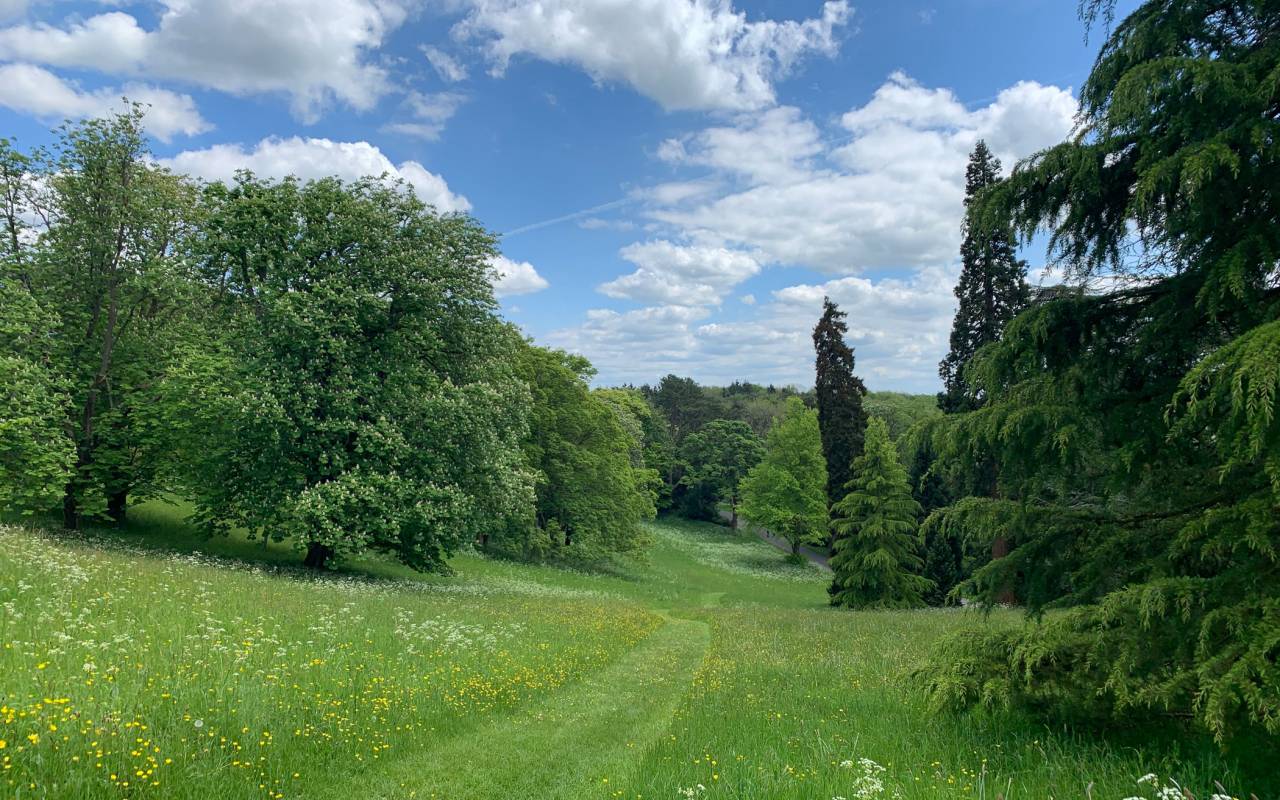
The reduced use of ride-on mowers is also helping preserve the tree population on the 800 acres of parkland by lessening compaction of the tree root zone and allowing uncut vegetation to form a buffering layer against solar heat and dehydration.
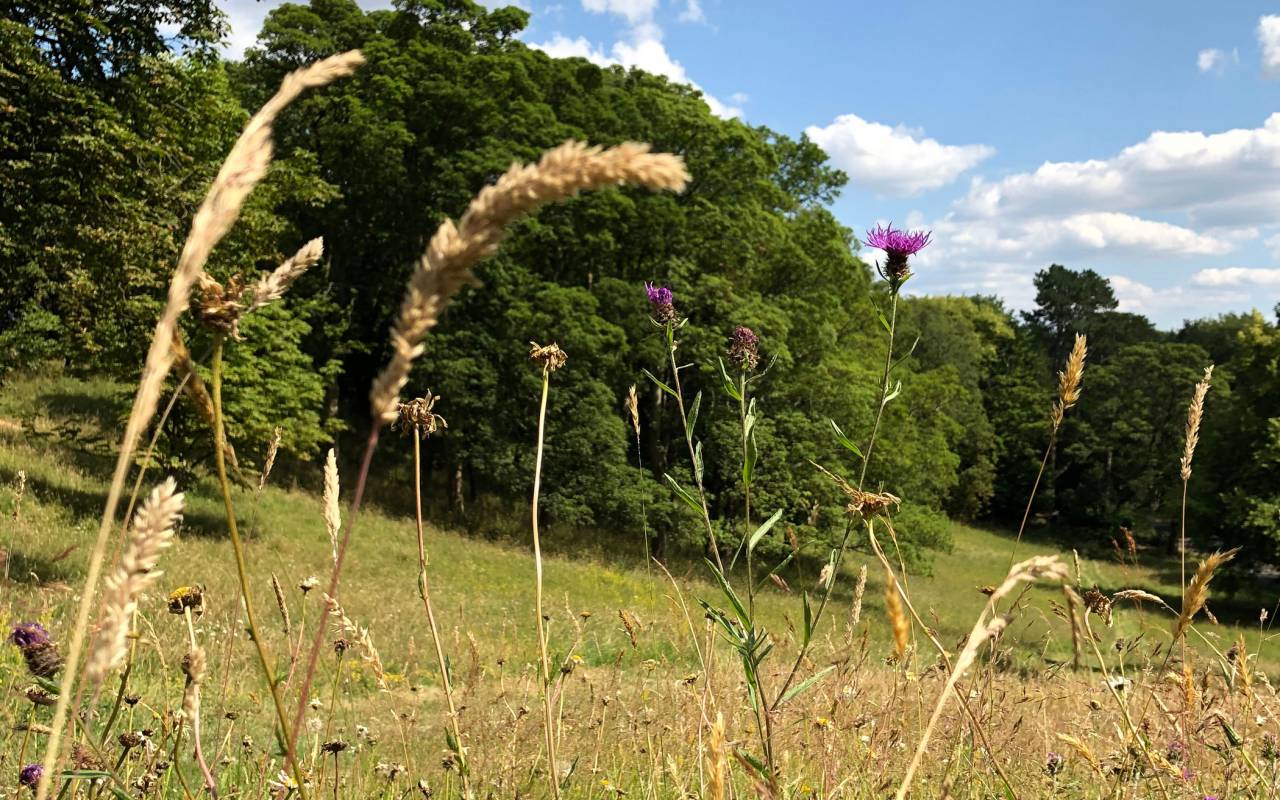
However, wildflowers won’t compete with a very grass-rich meadow, and therefore yellow rattle (Rhinanthus minor) is sown in designated areas to reduce the vigour of the grass species, enabling wildflowers to naturally colonise. Using yellow rattle is the most natural method for wildflower management, and is used around the Waddesdon gardens.
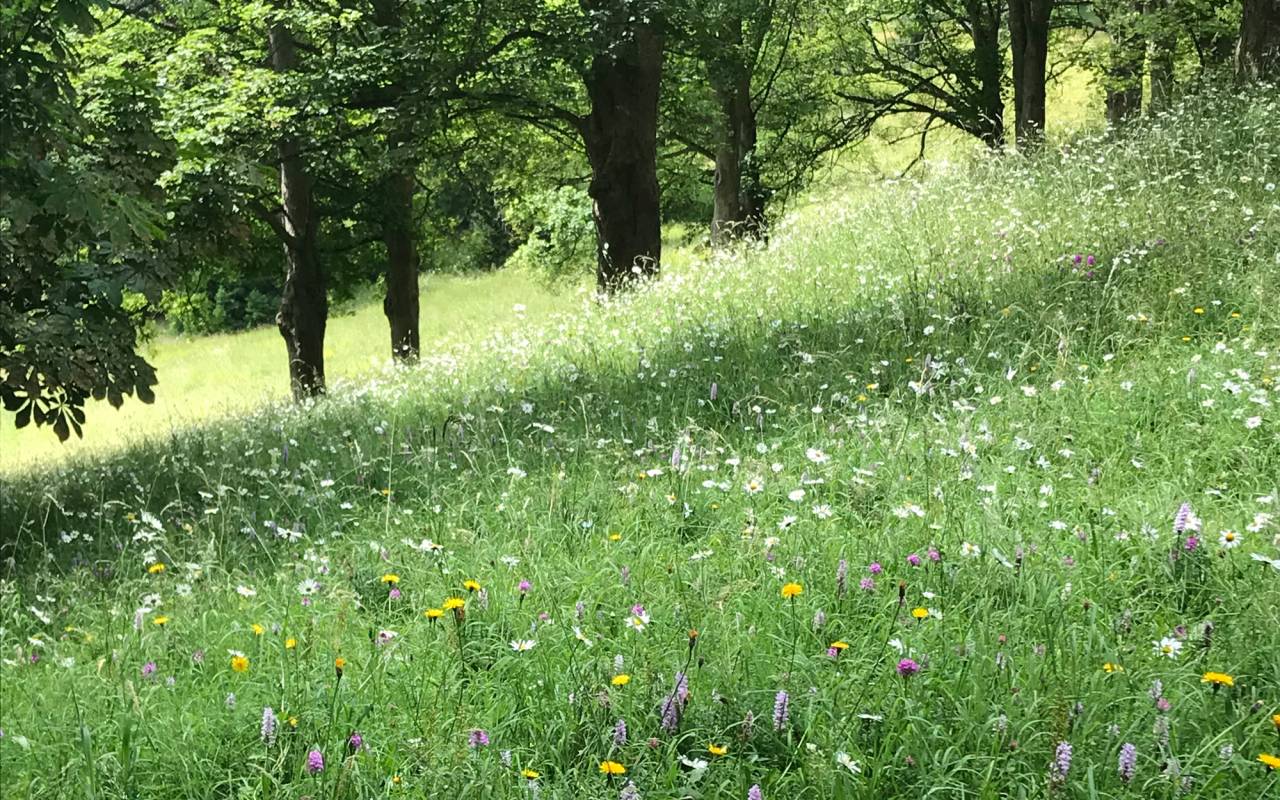
Head of Gardens at Waddesdon, Mike Buffin, said, ‘our primary aim is to undertake practices that enable gardening and nature conservation to work in harmony. Simple steps, such as reducing the level of intensive mowing each spring and summer has already resulted in the appearance of a range of rare wildflower species, including orchids and the showy Saxifraga granulate, and has boosted ecosystem resilience, consequently resulting in a healthier garden.
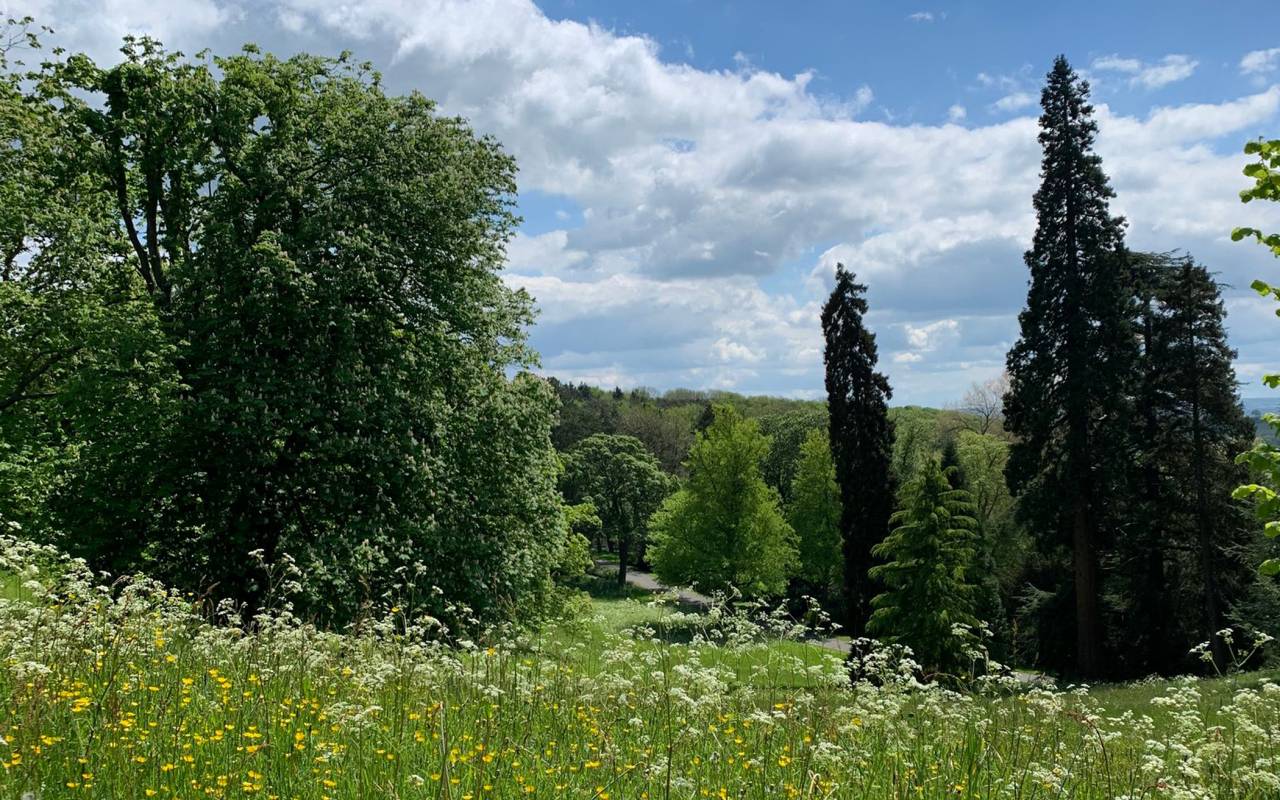
Around 70% of our machinery is also now electric, meaning they are quieter, safer to use and they release virtually no emissions.’
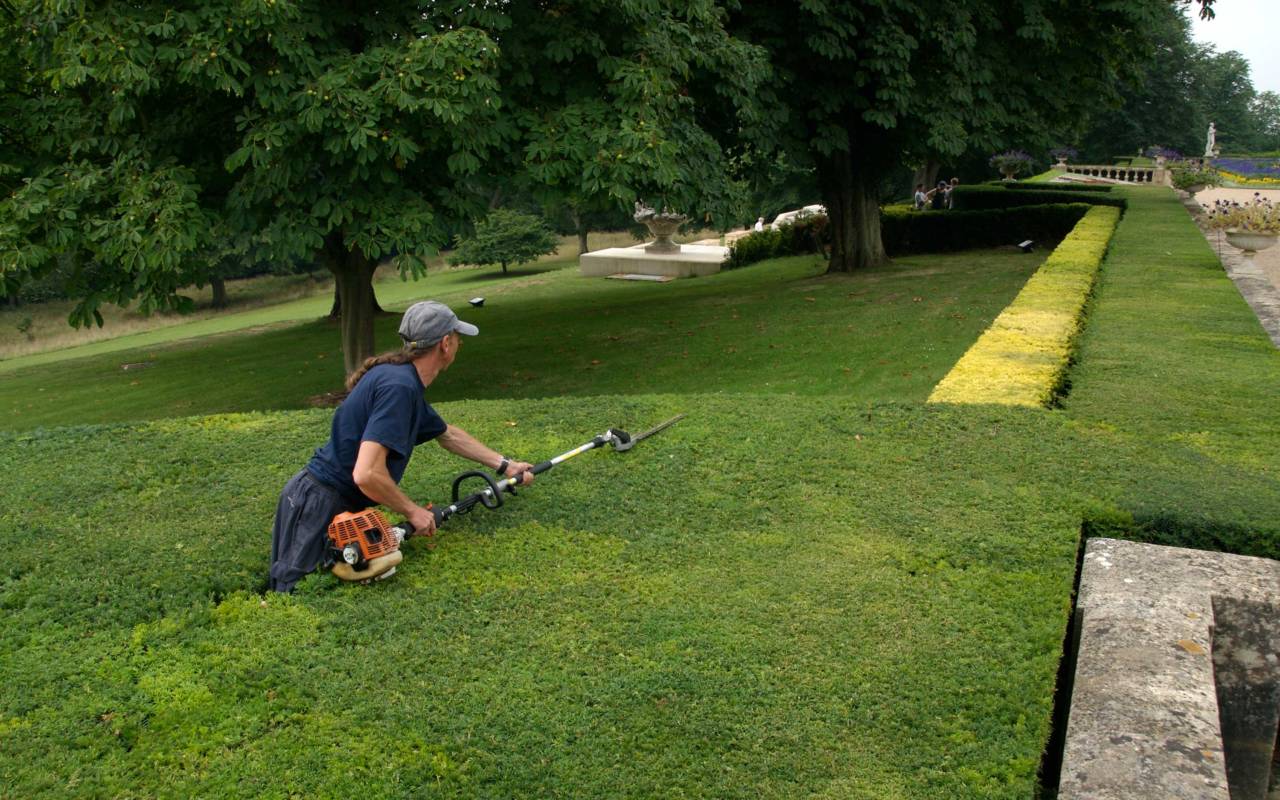
Elsewhere, the formal parterre and Aviary gardens have been planted with green manures, allowing for deep mulching once the foliage dies back, while the decision to forego the usual twice-yearly bedding change in the Aviary gardens has not only enabled visitors to enjoy the blooms which occurred behind closed doors during lockdown in 2020, but also gave the plants an extended life. These bulbs will then be replanted in the parterre for spring 2022, significantly reducing waste and bringing a burst of colour to another area of the garden.



